Lunch with a side of American history: How century-old paintings have a home at Hill
The paintings above are a part of the collection of 17 donated by Michael Sweeney in the spring of 1923. Photos by Erick Sun ’24.
The Hill School is home to numerous pieces of history: one of the most notable being the collection of original paintings that hang along the interior perimeter of the Dining Hall. The dark wood paneling, high ceilings, and intimate seating convey an essence reminiscent of Hogwarts, yet amid such splendor, many remain oblivious to the slice of American history that lives upon the wooden walls. These images depict significant Americana events and officials, ranging from Ulysses S. Grant in combat to George Washington at Valley Forge and include scenes from four different wars: the American Revolution, the Civil War, the Spanish-American War, and World War I.
These stately pieces of artwork were presented to Hill as a gift in the spring of 1923 by Michael Sweeney — the same Sweeney to whom the upstairs gymnasium is dedicated. Sweeney was the head of the Department of Physical Education and played an integral role in creating one of the first Physical Education curricula ever. Additionally, he was well-respected as an athlete, once holding the World Record for his high jump of six feet and four inches.
After retiring at the culmination of the 1922-23 school year, Sweeney presented The Hill School with a collection of 17 oil paintings. “He had purchased the paintings and given them to The Hill School in gratitude for his years of service,” said Head of Archives Louis Jeffries.
“The Hill has done great things for me — I should like to do something for The Hill,” stated Sweeney in a March 1947 Hill News article describing his generous gift to the school.
Painted by Newell Convers Wyeth, these 17 images are the original illustrations of the book, “The Poems of American Patriotism,” edited by Brander Matthews and published by Charles Scribner’s and Sons on Christmas Day 1922. The paintings include scenes from four wars: the American Revolution, the Civil War, the Spanish-American War, and World War I. At the time, Wyeth was a well-known painter, who illustrated books such as “Treasure Island,” “Robin Hood,” and “King Arthur,” as well as commissioning murals for buildings like The New York City Metlife Insurance building and the State Capitol in Missouri.
Born in 1882 in Needham, Massachusetts, Wyeth would later become a renowned and well-respected artist through his contributions to both commercial and fine art. In his early adult years, N.C. was selected by distinguished painter Howard Pyle, along with other promising artists, to participate in his art summer school in Wilmington, Del.
“With that foundation, he headed out on his own. Howard Pyle had a lot of connections with commercial aspects, so he helped Wyeth begin his career by tapping into his commercial art clients,” said Senior Master of the Arts Ellen Nelson.
Although he aspired to be a fine artist, Wyeth pursued commercial art through illustrations of novels and history books, in hopes of monetarily providing for his family.
At the end of World War II, when American patriotism was running high, editor Brander Matthews compiled poems that embraced true Americana nature and pride, creating “The Poems of American Patriotism.” Wyeth had worked with the book’s publisher, Scribner’s and Sons, before, illustrating books like “Black Arrow,” “Scottish Chiefs,” and “Kidnapped.” The images were originally painted on the 30 x 40 inch canvases now located in the Dining Hall and then shrunken to be used for the text.
Although there is little about how Sweeney received word of the possibility of purchasing the art, many suspect it was through then Hill headmaster Boyd Edwards. Like Wyeth, Edwards had connections with the University of Delaware in Wilmington, and thus learned that the paintings were able to be purchased. He then, most likely, communicated this with Sweeney. Each painting was bought at about $1,000 — a much lower price than valued. Before Sweeney’s offer, however, Wyeth refused to sell this patriotic collection, even after being offered considerable amounts of money.
According to a March 1982 Hill News article, Wyeth once said, “The set should remain unbroken and given a worthy setting” — something he had yet to find.
“Because Wyeth knew of The Hill School and knew the collection would be kept intact, he sold the paintings for a really good deal,” explained Nelson.
She continued, saying, “And when N.C. Wyeth heard that his paintings would eventually be gifted to The Hill School, he wrote in a letter, saying, ‘at present I’m on top of the world.’ He loved the fact that his paintings were going to be cared for.”
After moving to Berks County, Pa., Wyeth had become familiar with the neighboring areas, which included Pottstown.
At this time, the Memorial Hall was being erected on Hill’s campus, in honor and memory of Hill students who had fought in World War I. Thus, the artwork gifted by Sweeney was originally placed along this room’s walls, provoking an irrefutable sense of patriotism and honor in the room’s occupants. Regrettably, in the early 1950s, after a deliberate fire burned the Memorial Hall’s stage, “The Picket Guard” was irreparably damaged. The remaining 16, however, now hang in the Dining Hall, including “The Unknown Soldier,” “The Regular Army Man,” and, most notably, “The American Eagle,” which hangs in the Alcove.
Every 10 years, expert painting conservators are hired by the school to analyze and inspect each work for light and moisture exposure. Similarly, around the same time, these paintings are appraised for insurance purposes.
The paintings also are loaned to museums and institutions for display, being exhibited in places like The New York Historical Society and The Union League of Philadelphia.
“Since about eight years ago the images have fallen into the public domain, we often receive inquiries if different institutions can use the images on television shows and advertisements. History books will also contain the images,” Nelson said.
One piece, “Washington Reviewing His Troops” was even shown in a full-length PBS film by Ken Burns.
Nelson remarked, “The fact that we have such a treasure, and the fact that it was a gift by one of our beloved faculty members, it is really just a beautiful thing.”
Editor’s Note: The original article incorrectly stated N.C. Wyeth’s relationship to Andrew Wyeth; this mistake has now been amended.

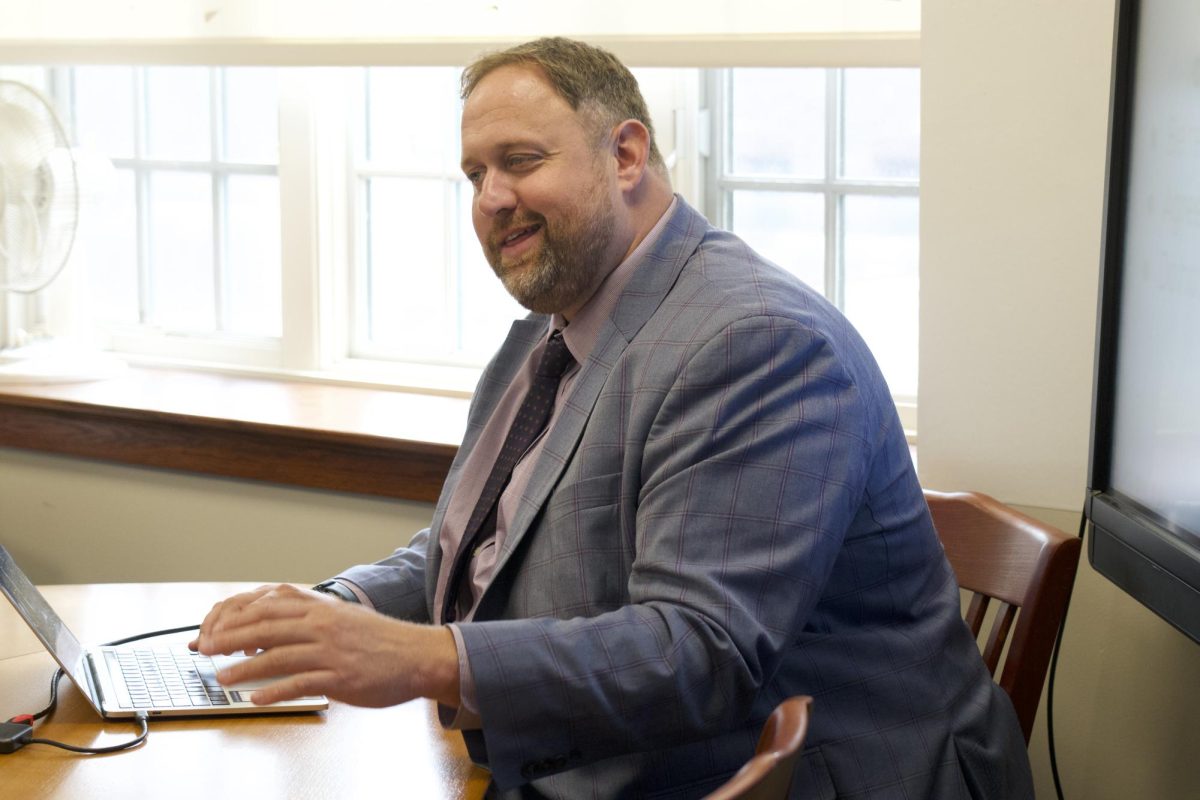
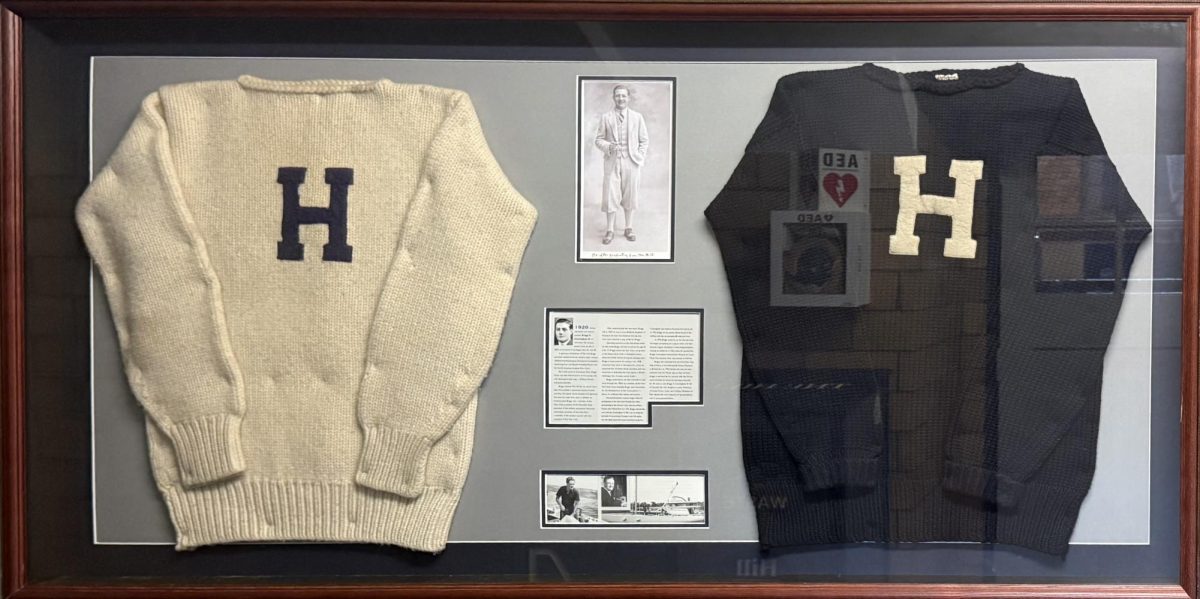

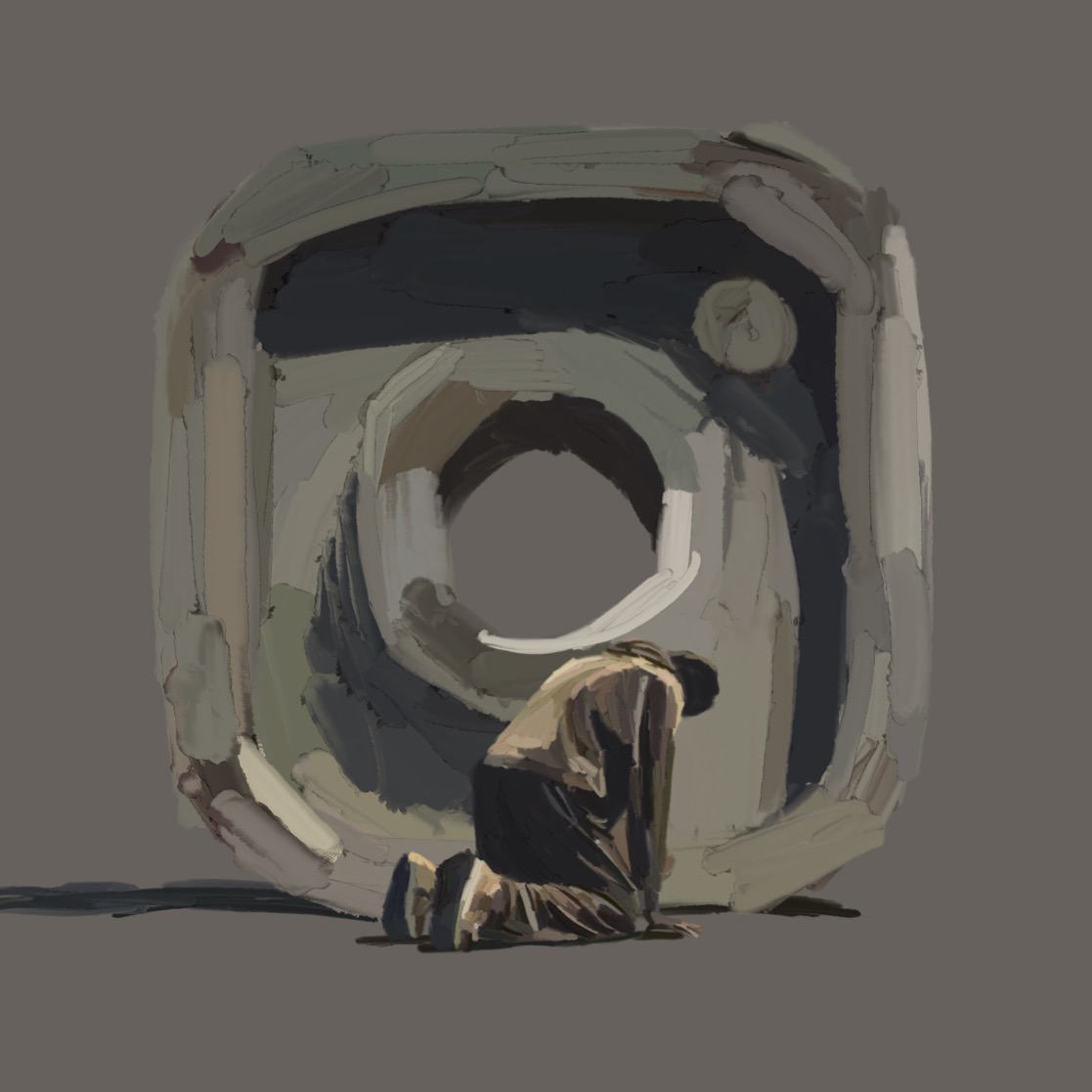
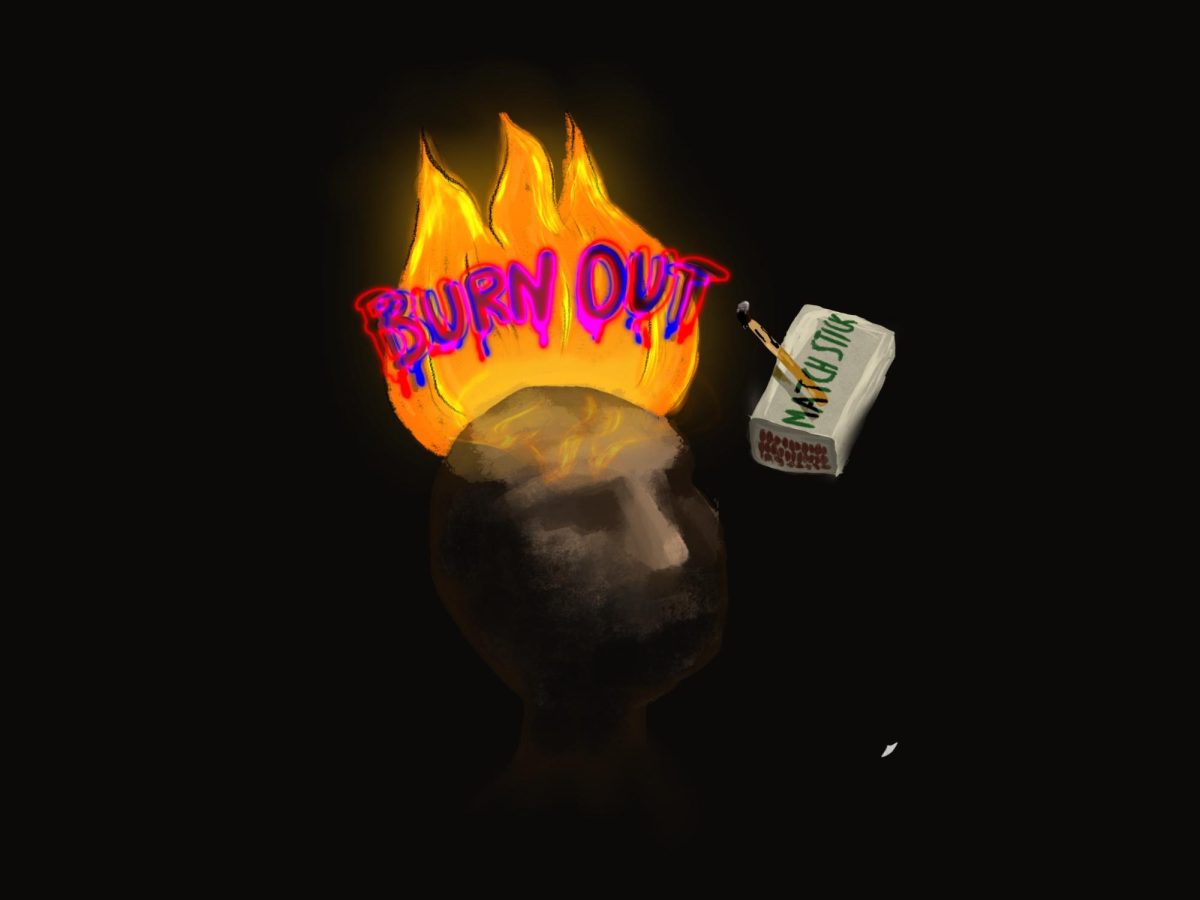

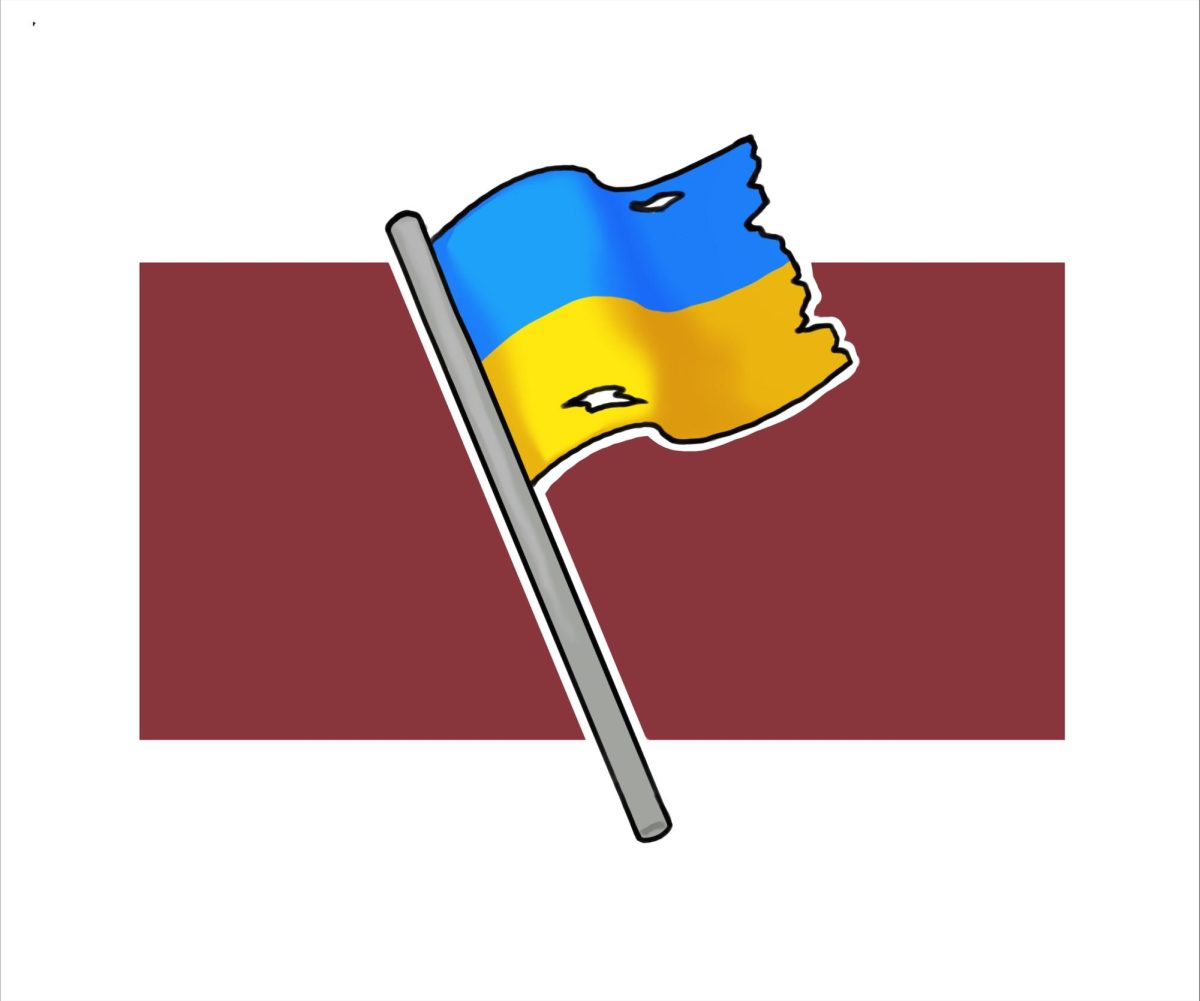
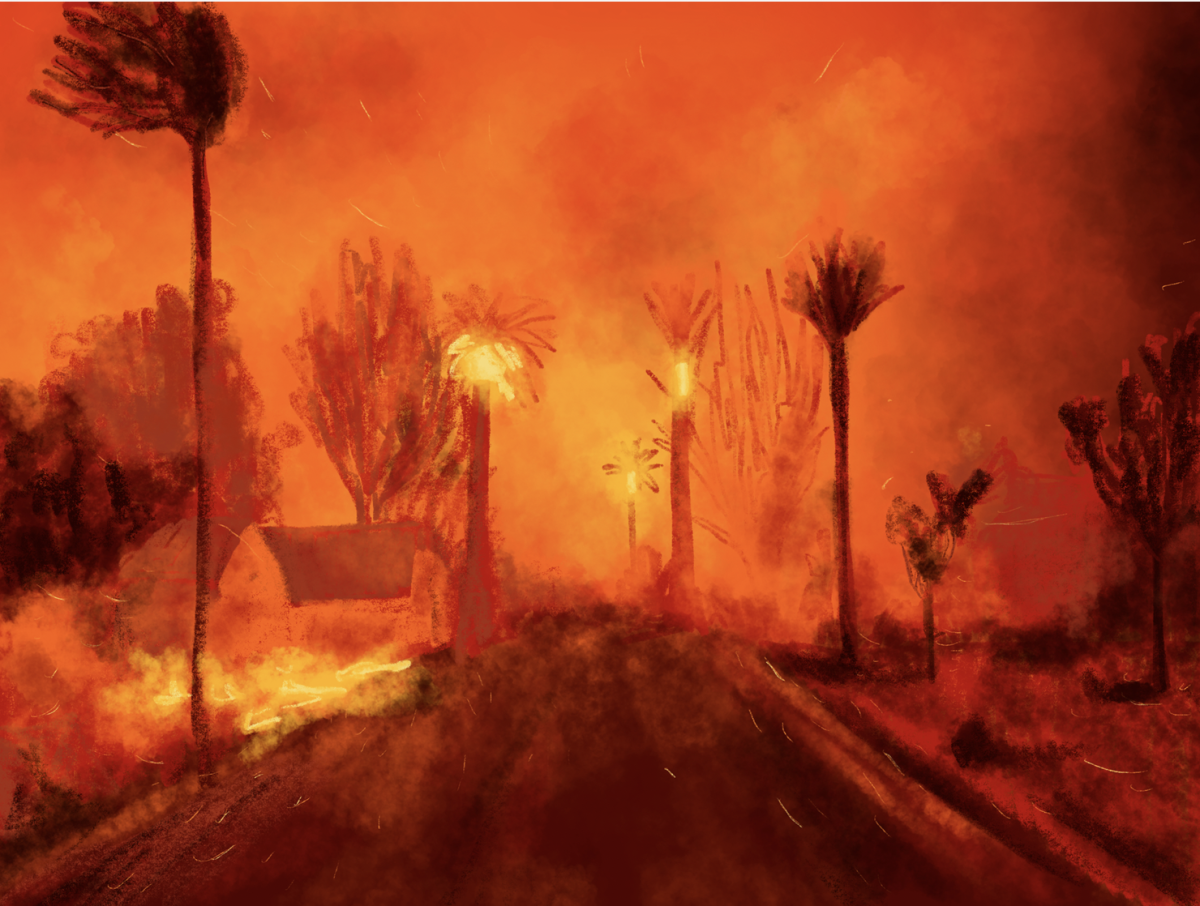

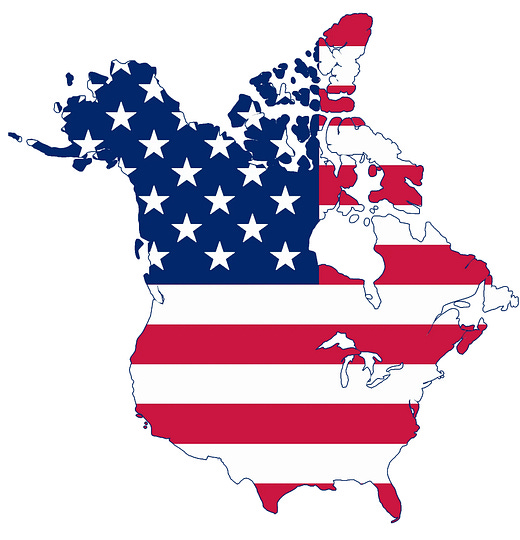
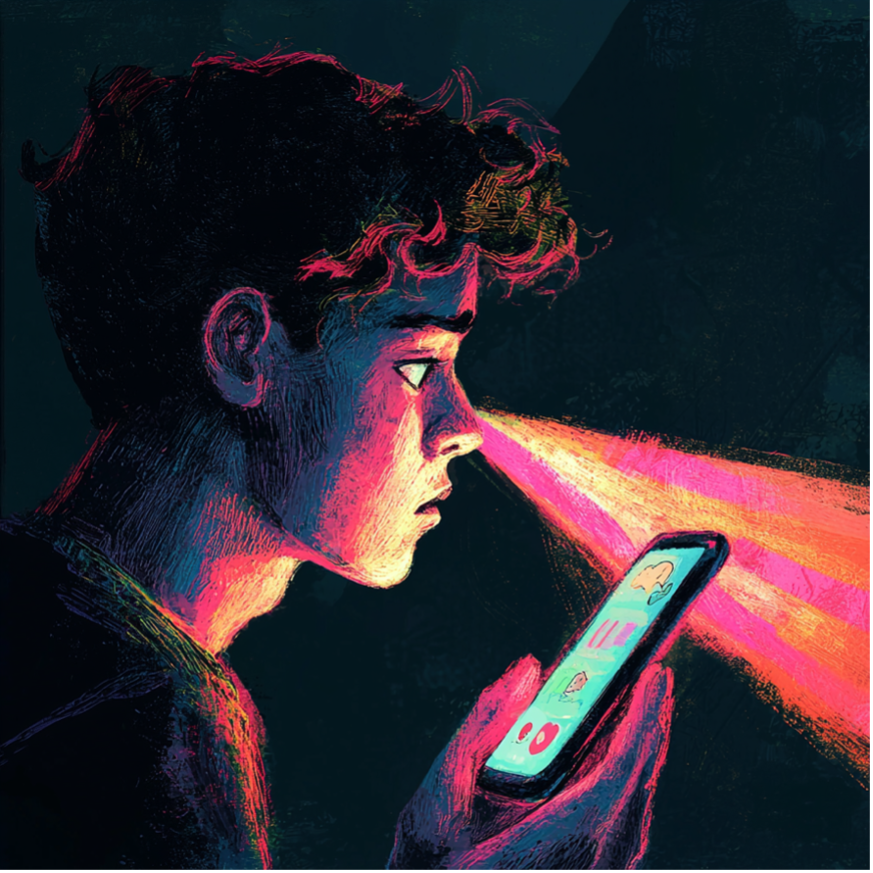
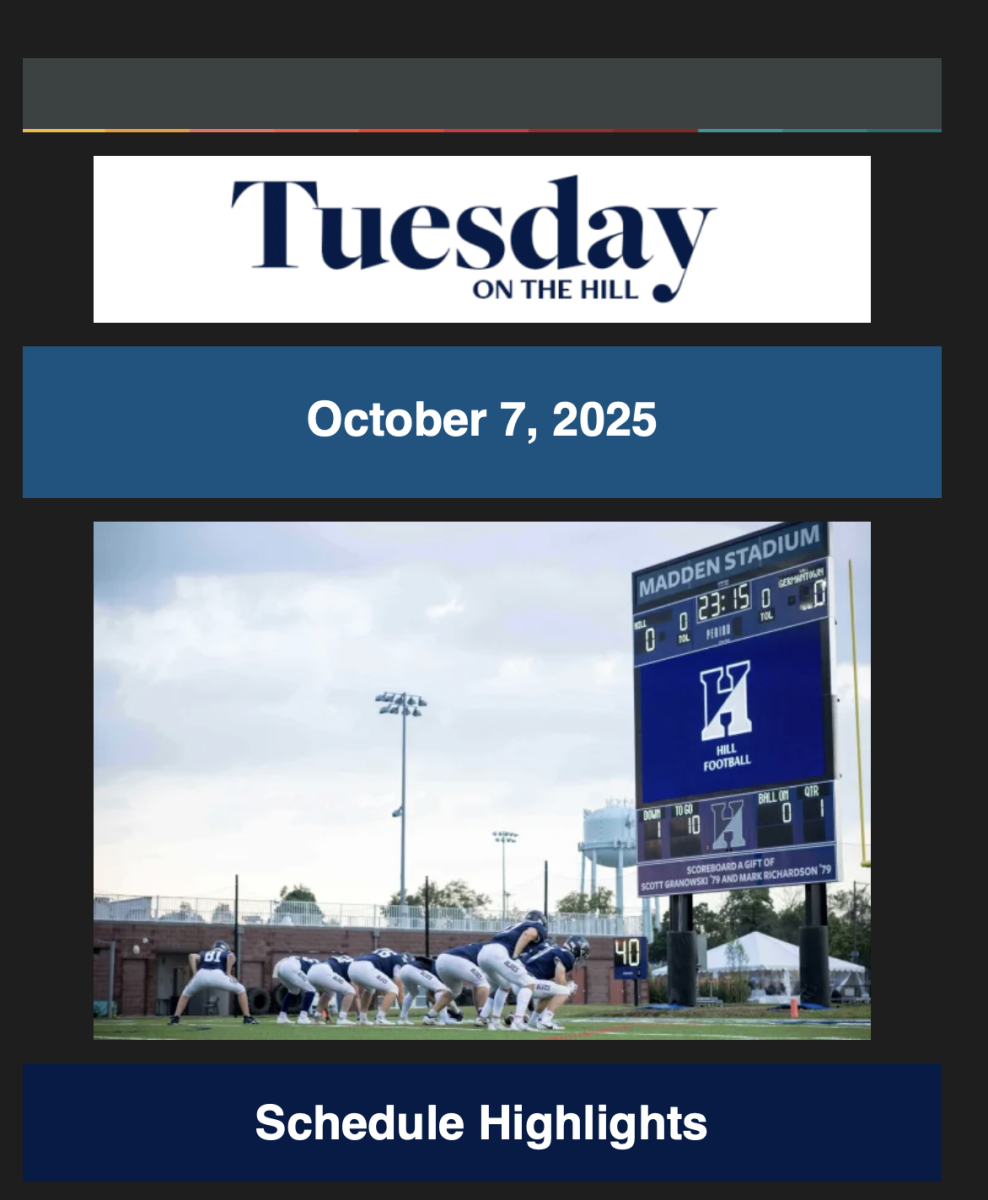
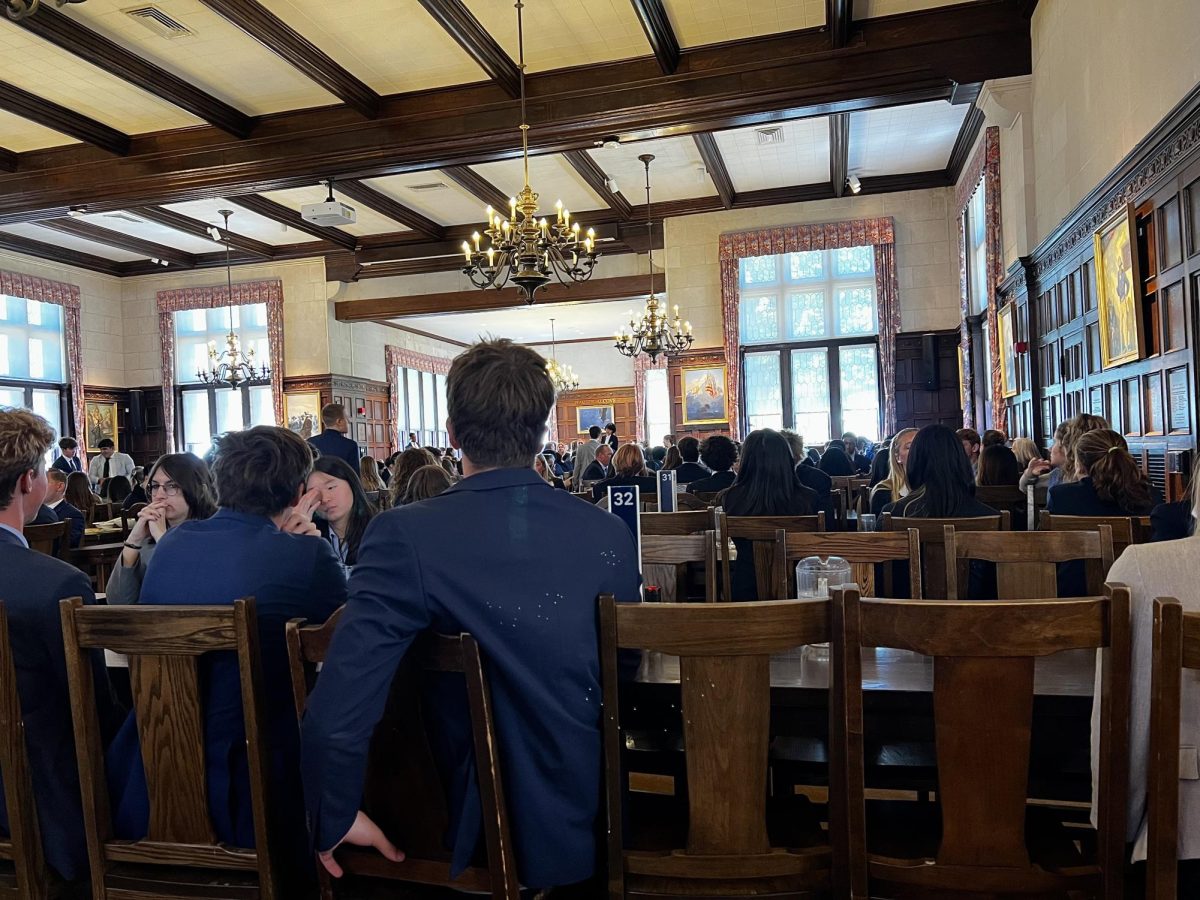



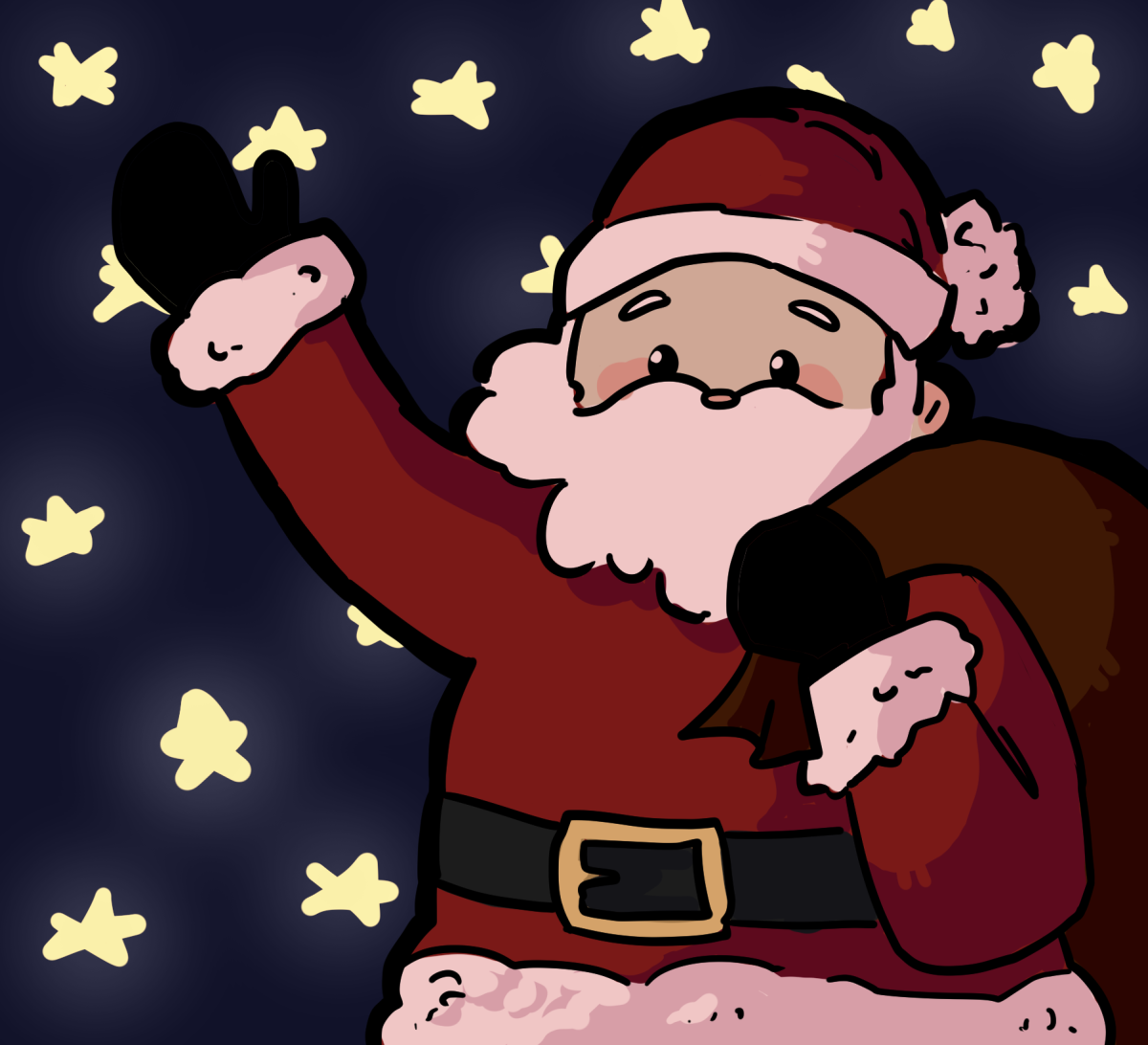



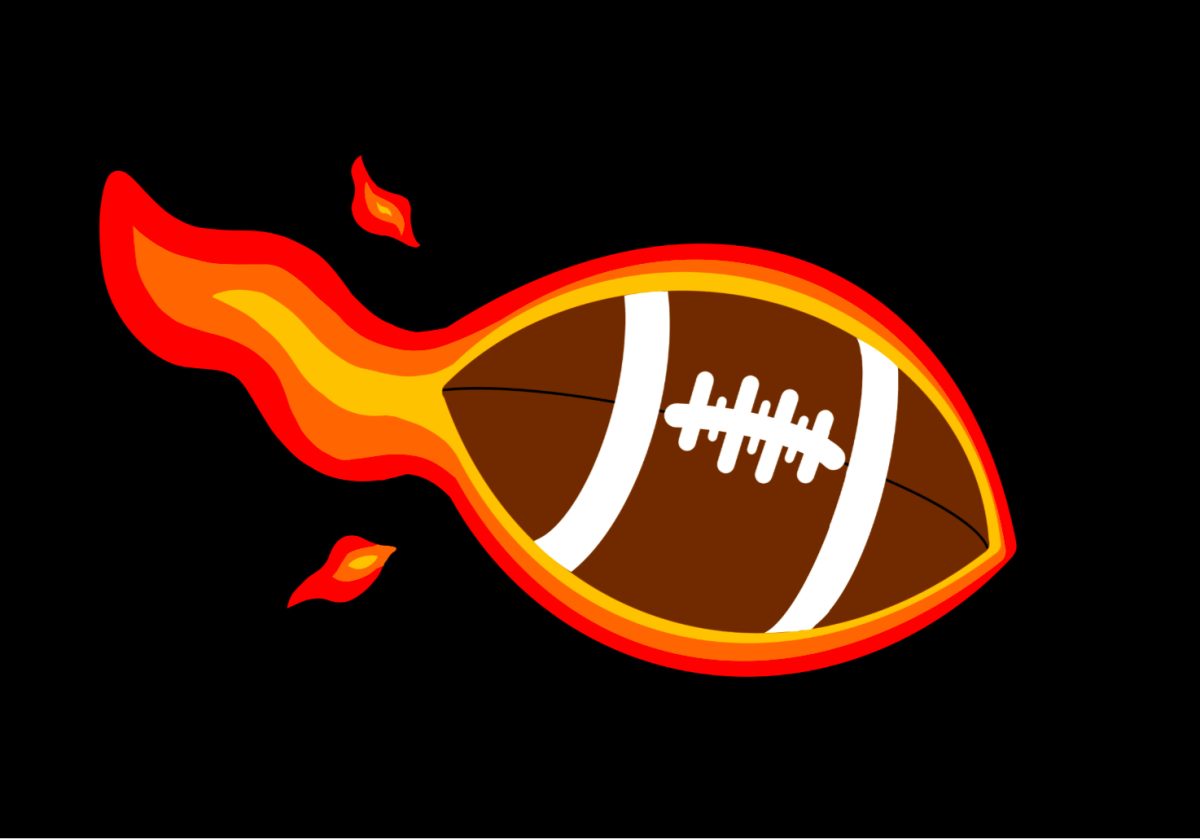
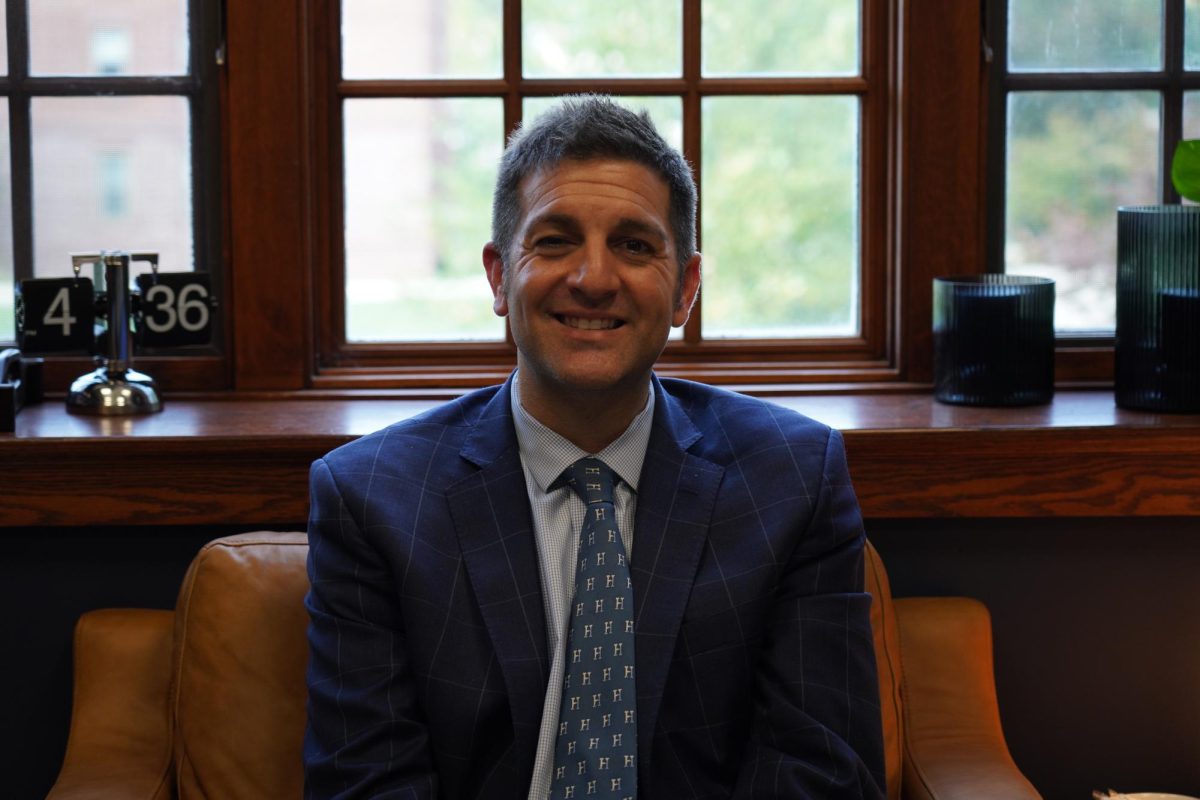

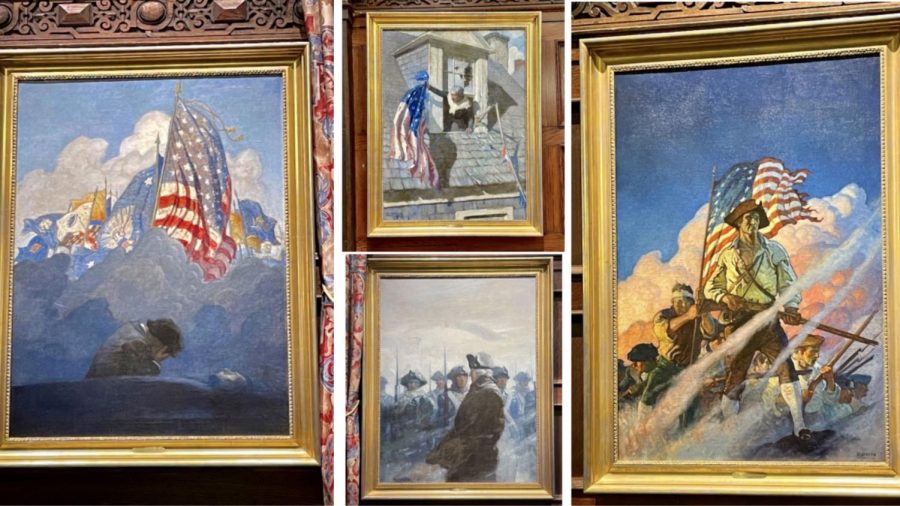
Doug O'Dell '67 • Apr 5, 2021 at 6:44 pm
A nice article, but fraught with errors. eg: NC Wyeth was Andrew Wyeth’s father, not his older brother…
HillNews • Apr 13, 2021 at 4:42 pm
The information in this article was gathered using past Hill News documents and interviews with faculty. Thank you for bringing to our attention the mistake in this article. It will be corrected.